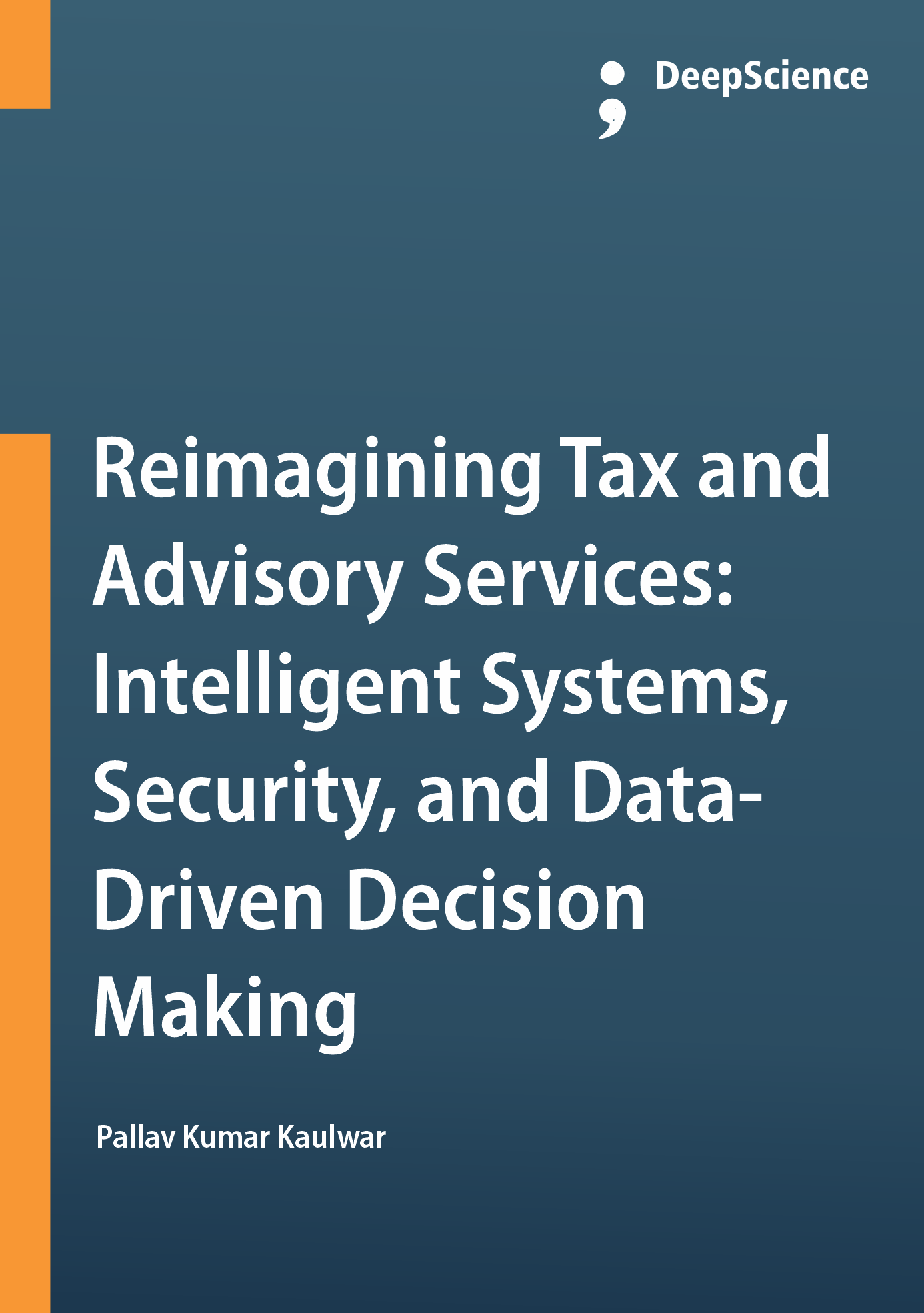Integrating cloud-native artificial intelligence in tax technology solutions
Synopsis
Rapid advances in technology are causing finance departments to examine the kind of digital transformation they should undergo in the future. For many finance departments, efficiency may be a concern. However, for many more, failing to make such transformations proactively presents existential threats. Facing change requires a complete examination of practices, technologies, and systems in terms of cloud-native architecture and AI completion. Transformation of the data ecosystem may require considerable legacy overhaul. This means that consolidation and knowledge management processes may be particularly important. By understanding the architecture and deliverability of data solutions, the information will be readily available with the right tools. AI completion will provide early assistance around knowledge gaps and quick time to implementation on repeatable information. Together, these two components offer the opportunity to implement an AI ecosystem that is actually actionable and a foundation for future growth.
Change means different things to different people across the organization. In parts, particularly for finance departments, AI completion may take the form of a considerable number of assistive technologies, covering simple decision chain assistance all the way up to full task automation. Some of these technologies have existed for many years, and they require considerable finance transformation effort around data discipline before they can be leveraged. Other parts may be completely new, offering technologies that were unimaginable to finance departments only two years ago. Each zero and one has its own value chain within an organization. Value accumulation will be challenged, or even blocked, from being realized. In the absence of a comprehensive cloud-native architecture for all of the organization’s data and information assets, many technologies will concede a 90–99% dependency on other processes, technologies, and decisions.The objective of the study is to illustrate how functional cloud-native machine learning (ML) modules can be embedded directly into tax tech applications. This has several benefits, including avoidable huge costs of implementation and the production and maintenance of black boxes. The inherent characteristics of generic natively cloud-based applications are discussed as they pertain to the functional inclusion of a data-driven optimization capability. The integration and/or hybridization of rule-based Optimization Module (OM) into cloud-native tax tech applications is illustrated and prospective algorithms analysis. The integration of ML-OM into tax tech applications is described and the functional optimization role of ML-module is broadly considered.













